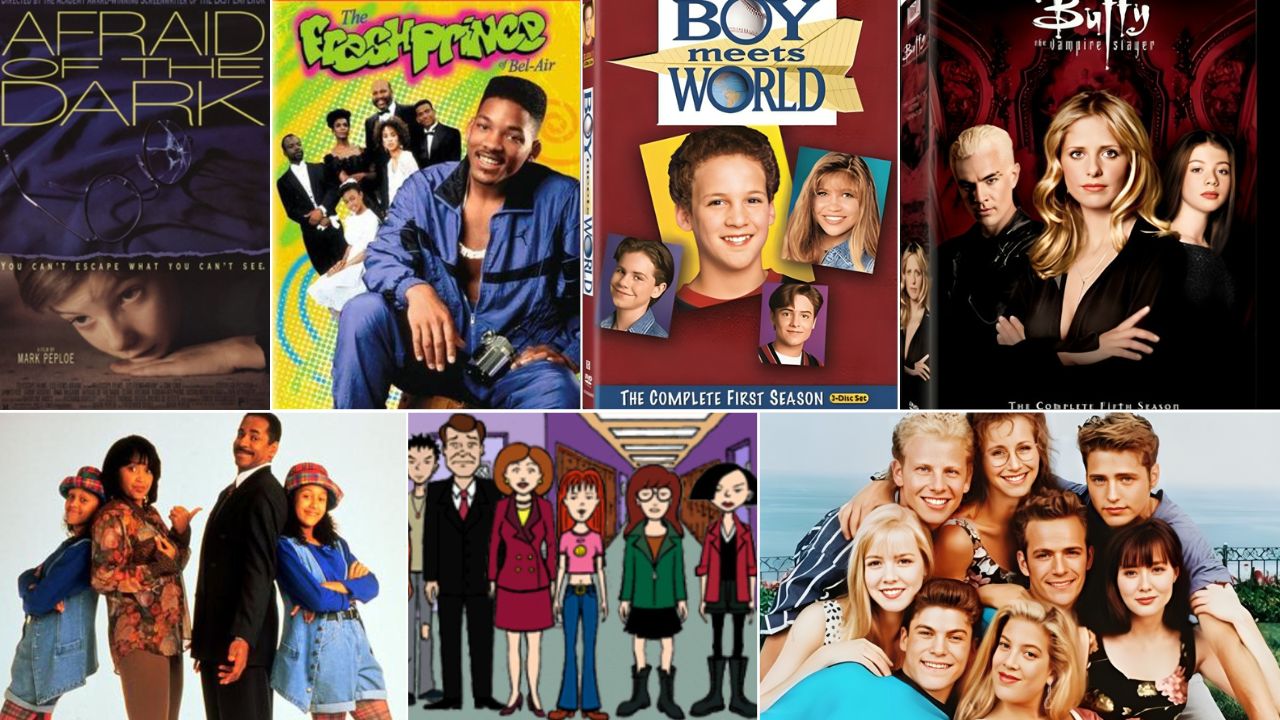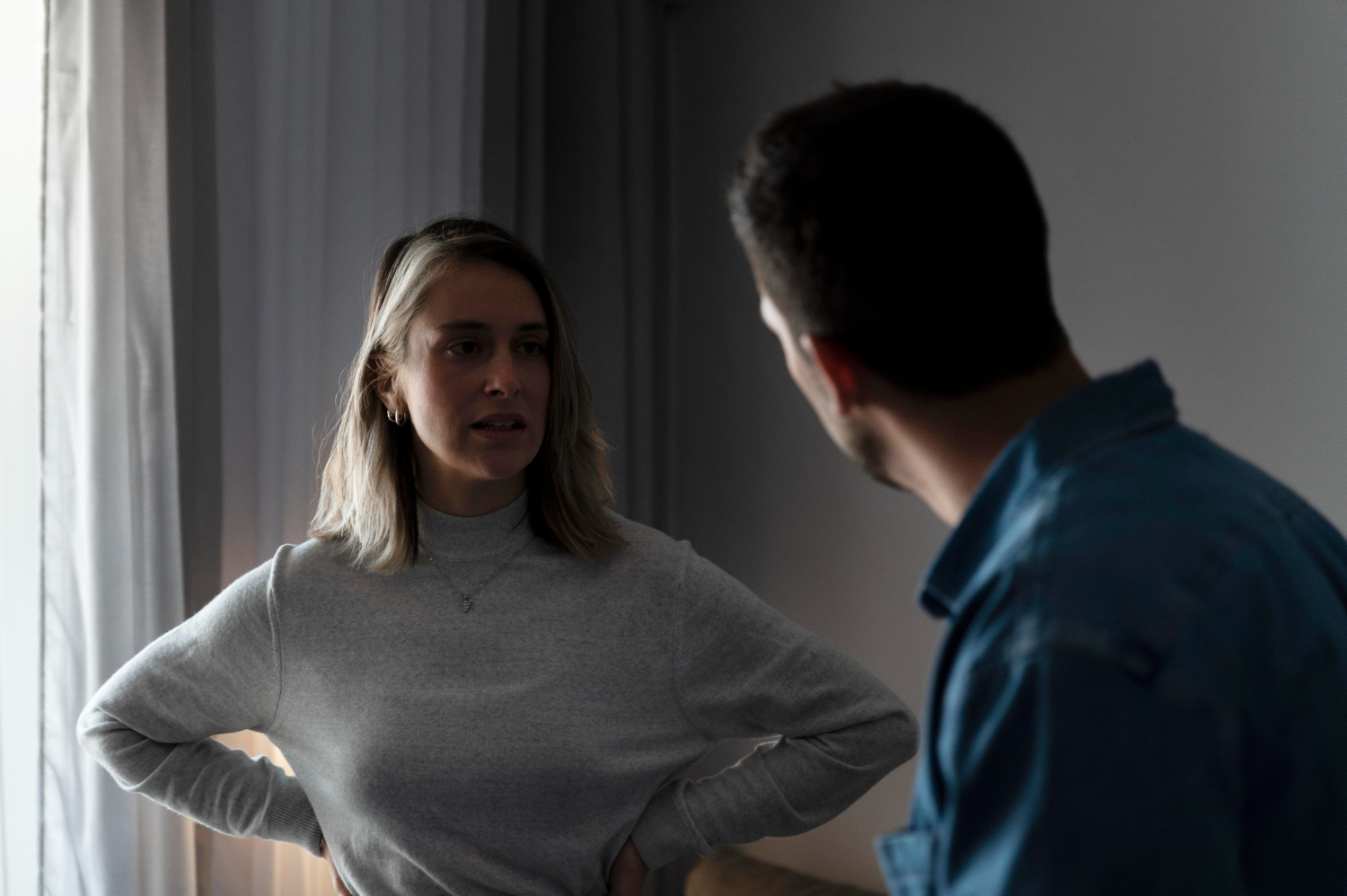Teen TV in the 1990s mixed real-life drama with wild genre twists. After-school blocks, TGIF lineups, and new cable channels turned bedrooms into mini theaters. Shows tackled lockers, crushes, cliques, and culture, plus divorce, money stress, and identity. Soundtracks jumped from alt rock to hip hop, and outfits went straight from set to homerooms. These 15 series defined the decade’s teen experience across NBC, Fox, ABC, MTV, Nickelodeon, and The WB, and most still stream for today’s viewers.
1. Beverly Hills, 90210 (1990–2000)
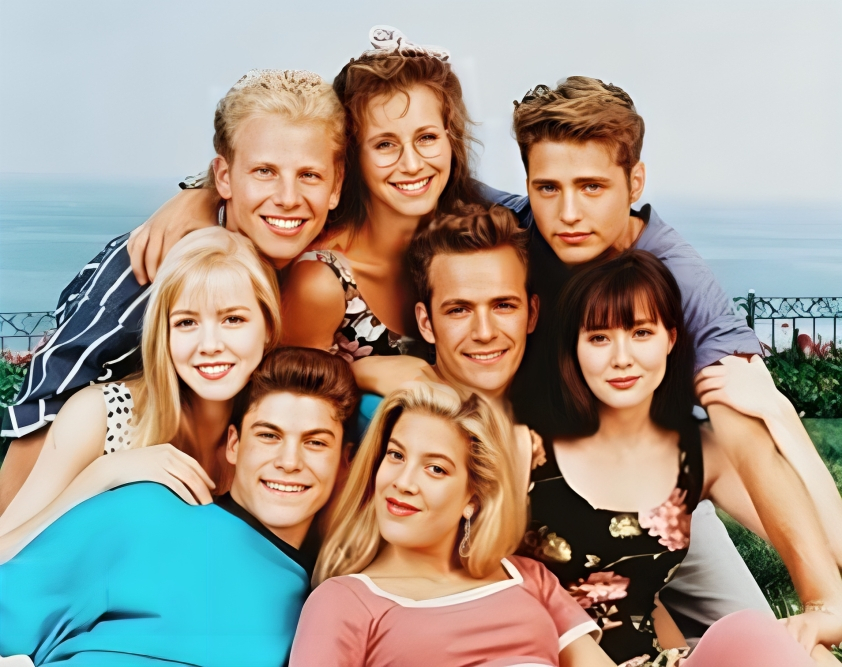
Fox’s glossy hit followed the Walsh twins and friends from West Beverly High to early adulthood, making zip code culture a thing. Storylines dealt with peer pressure, mental health, and family upheaval, not just prom nights. The Peach Pit hangout and theme music became instant cues of 90s teen life. Weekly cliffhangers trained viewers to talk episodes at lunch. Long runs for Dylan, Brenda, Kelly, and Brandon turned the show into a shared language across schools.
2. Saved by the Bell (1989–1993)
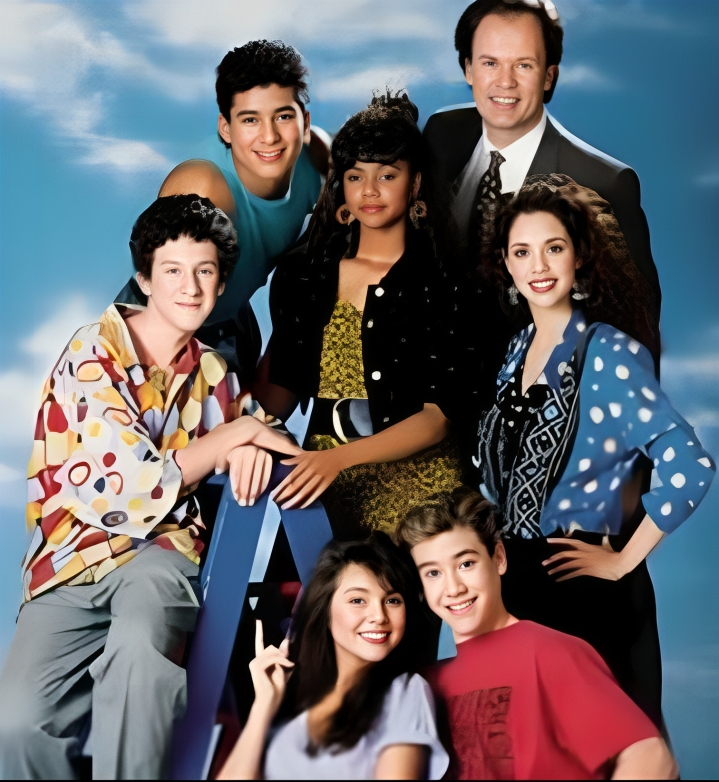
Filmed on a bright set with hallway hijinks, NBC’s Bayside High popularized class clowns and time-out as comic devices. Zack, Kelly, Jessie, and Screech made morning TV feel like homeroom, while episodes slipped in real topics like over-scheduling, caffeine-pill scares, and friendship fallouts. The show’s short scenes matched kid attention spans before smartphones. Fashion cues from varsity jackets to scrunchies jumped straight into lockers, and the theme song became a bell for an entire generation.
3. My So-Called Life (1994–1995)

Angela Chase’s diary-like narration gave ABC a grounded look at teen feelings, set against grunge-era halls and suburban uncertainty. One short season introduced realistic parents, a queer best friend, and the crush that never quite makes sense. The series showed how rumors spread, how friendships fray, and how families misread each other under one roof. Though canceled quickly, it became a cult text for honest writing, launching careers and proving teen drama could be literary.
4. Boy Meets World (1993–2000)
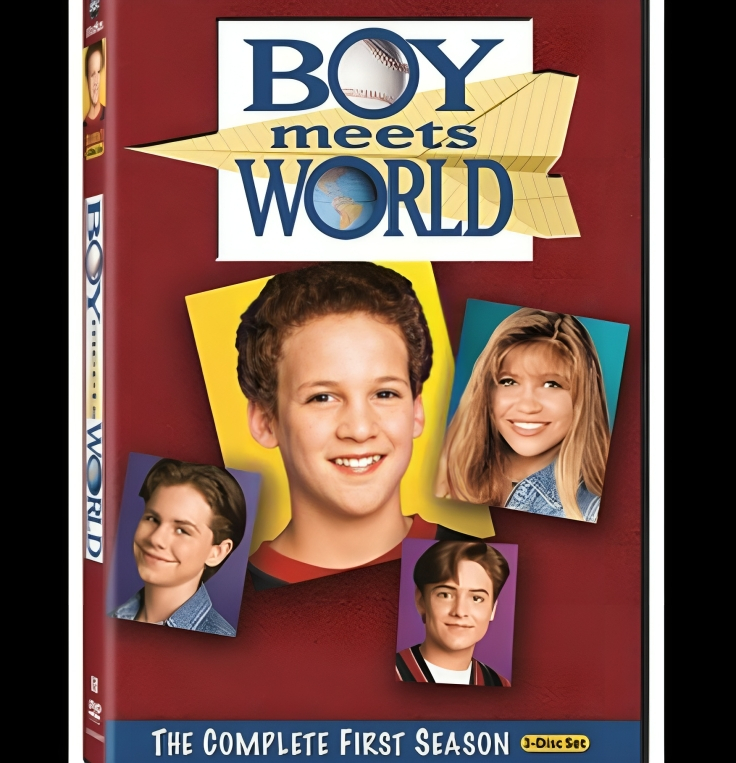
TGIF’s heart centered on Cory, Topanga, Shawn, and Mr. Feeny, with school lessons echoing into home life. The sitcom grew with its audience, moving from middle school antics to college dilemmas while keeping a hopeful tone. Feeny’s doorframe talks delivered quotable advice that stuck to notebooks. Serious arcs tackled loss, money stress, and loyalty without losing humor. By graduation, viewers had learned a ton about showing up for friends and choosing kindness on hard days.
5. Buffy the Vampire Slayer (1997–2003)
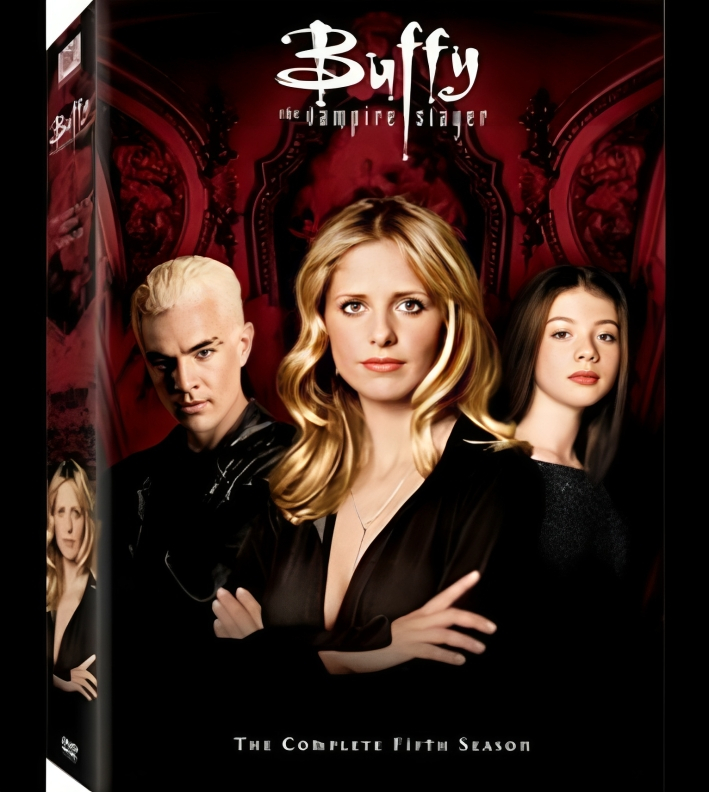
Buffy turned monsters into metaphors for teen anxiety, from bad-boyfriends to social isolation. The WB mixed quips, fight choreography, and real consequences, building a fan culture around the library crew. Sunnydale’s high school literally sat on a hellmouth, turning algebra days into life-or-death nights. Episodes experimented with silence, musical numbers, and big twists that made message boards explode. It taught teens that found families matter and that bravery can look like showing up to class.
6. Dawson’s Creek (1998–2003)
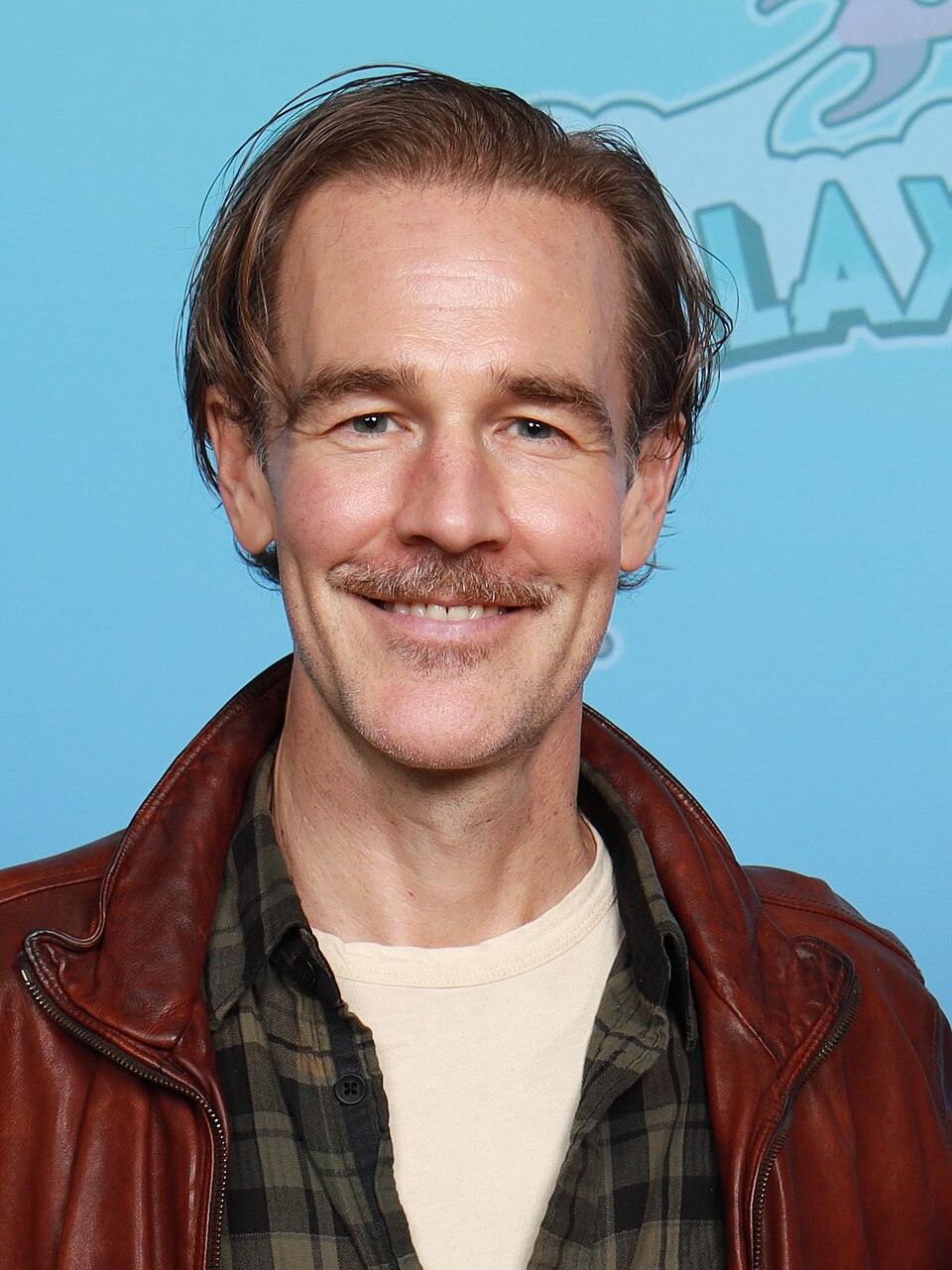
The WB’s coastal drama leaned into big feelings and turbocharged vocabulary. Dawson, Joey, Pacey, and Jen navigated friendship triangles, family breakups, and small-town expectations. The show’s cold-open chats and creekside docks became a new template for teen talk. Music supervision turned scenes into mixtapes teens tried to rebuild at home. Story arcs addressed grief, belonging, and ambition, giving viewers permission to name emotions out loud. It proved that quiet towns can hold loud hearts.
7. Daria (1997–2002)
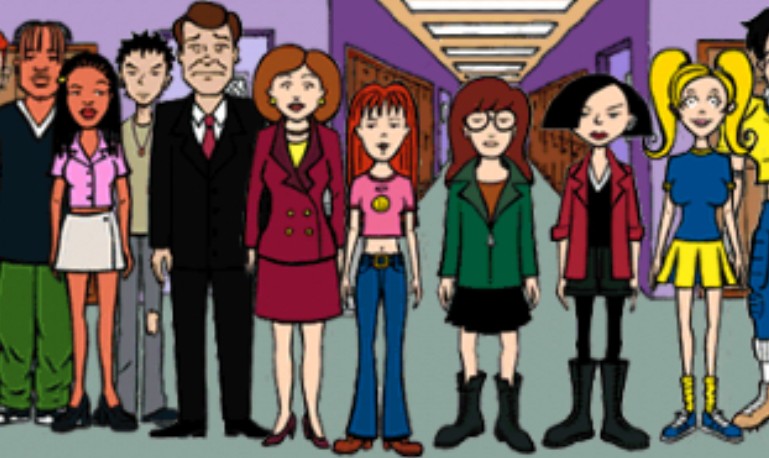
MTV’s animated outsider skewered high school while quietly caring about it. Daria and Jane’s dry humor punctured popularity games, pep rallies, and consumer culture. Episodes satirized standardized tests, group projects, and shallow trends, yet always returned to empathy for misfits and try-hards alike. The flat-color look and deadpan delivery made jokes hit harder. For many teens, Daria offered a safe seat in the back row where wit counted and thinking for yourself was cool.
8. The Fresh Prince of Bel-Air (1990–1996)
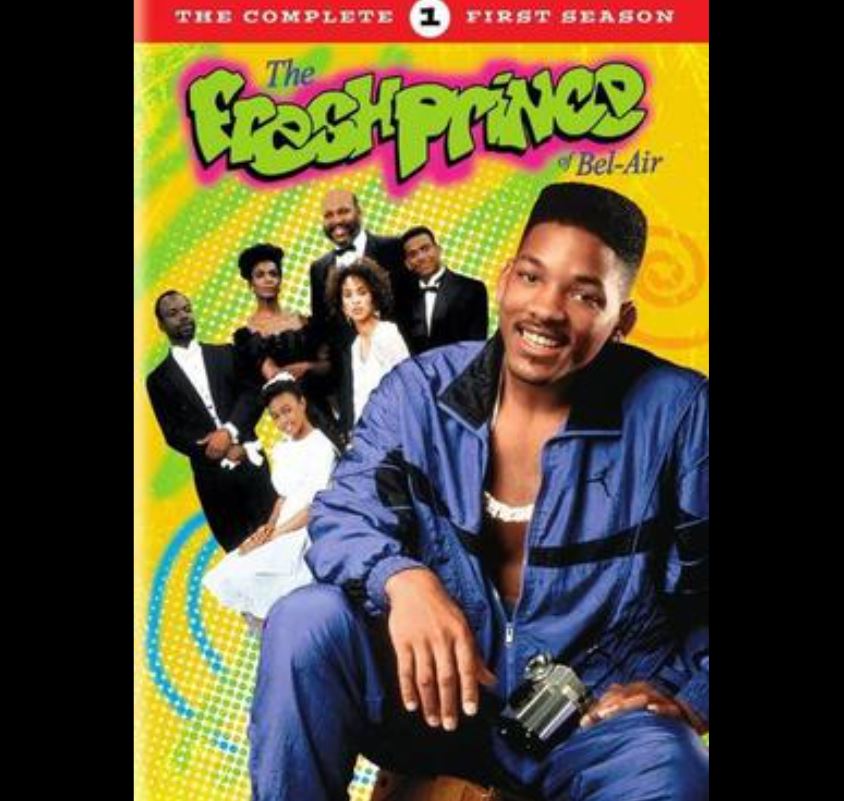
Will’s move to Bel-Air let NBC explore class, race, and family through sharp comedy and warm hugs. High school dances, report cards, and tryouts played against mansion rules and Uncle Phil’s expectations. The show could pivot from slapstick to serious talks about fairness and safety in minutes. Carlton’s dance, the Banks’ living room, and the theme rap became pop-culture glue. Teens saw how humor can carry heavy topics and how cousins become teammates.
9. Clarissa Explains It All (1991–1994)

Nickelodeon handed the mic to a teen girl who broke the fourth wall and redesigned her room between episodes. Clarissa’s computer graphics, DIY clothes, and bedroom ladder made independence feel possible. Plots covered school projects, annoying brothers, and first jobs, delivered with friendly sarcasm instead of lectures. The show helped normalize girls who code, create, and speak directly to the audience. Its bright set and quirky transitions still look like a mood board for teen bedrooms.
10. Sister, Sister (1994–1999)
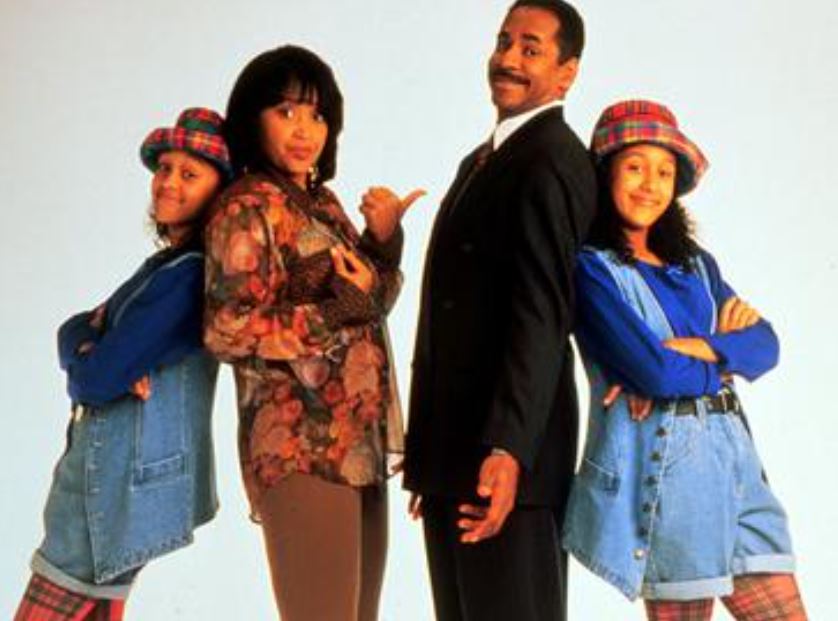
Separated at birth and reunited by chance, Tia and Tamera brought twin energy to school halls and family dinners on ABC and later The WB. Episodes balanced prank wars with real talks about trust, grades, and dating rules from caring parents. The show celebrated Black family life and sisterhood while landing punchlines that worked for all ages. Fashion and catchphrases traveled fast through homerooms. It proved that seeing yourself on screen changes how you walk into class.
11. Sabrina the Teenage Witch (1996–2003)
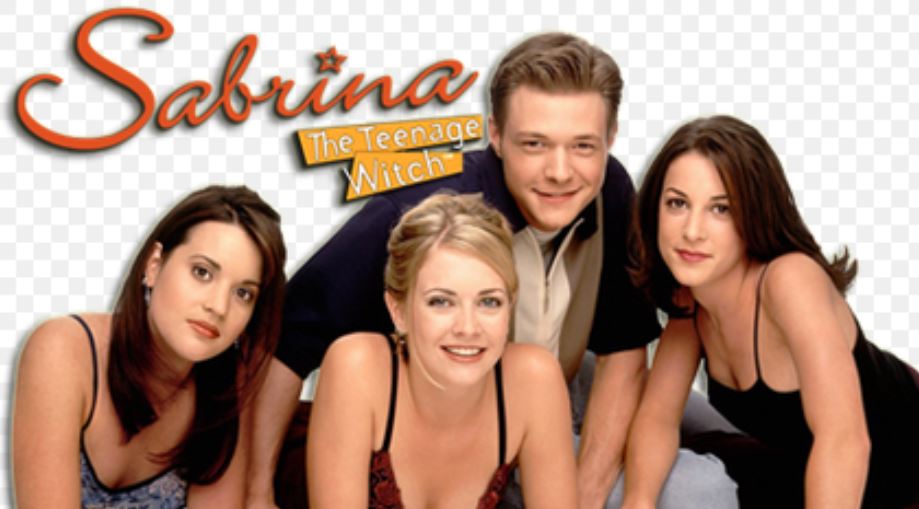
Sabrina balanced algebra and magic with help from Salem the cat and two aunts who felt like guardians and coaches. Fantasy plots hid everyday lessons about honesty, workload, and choosing better friends. The series hopped from ABC to The WB and kept its Friday-night charm. Locker pranks, school dances, and part-time jobs stayed central even when spells went sideways. Teens loved that missteps had consequences, but apologies and effort could fix almost anything by the tag.
12. Are You Afraid of the Dark? (1990–1996)

The Midnight Society met around a campfire to trade spooky tales that felt just safe enough. Nickelodeon’s anthology let teens test courage while learning story structure and twist endings. Each episode offered different settings and casts, so you could jump in anywhere. Horror was used as a fun mirror for social worries, from peer pressure to feeling invisible. Sharing scares with friends built sleepover rituals, and the campfire close made school on Monday a little braver.
13. Freaks and Geeks (1999–2000)
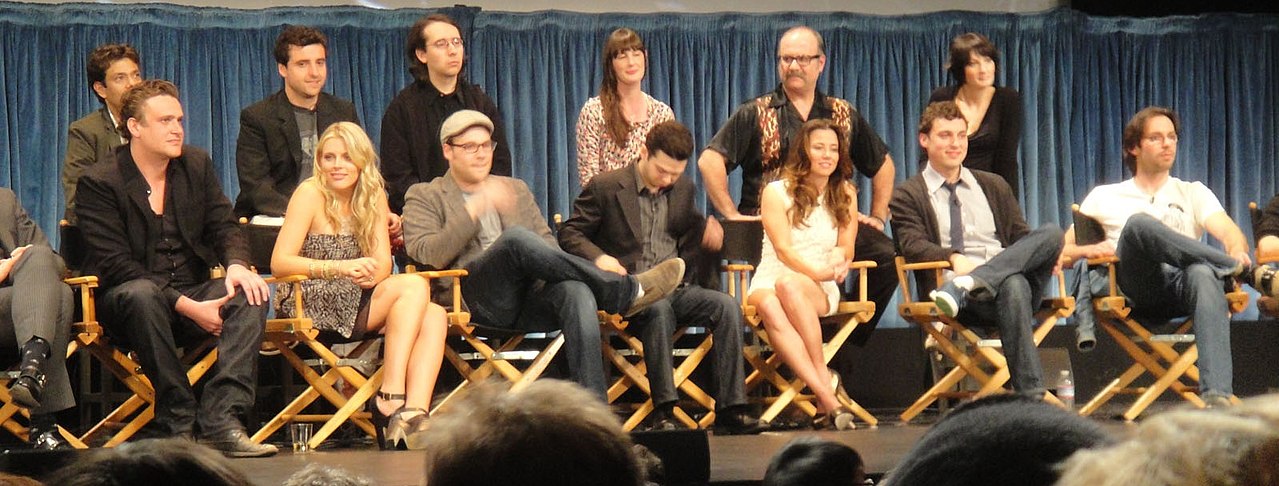
Short run, huge impact. This NBC dramedy set in 1980 showed band rooms, garages, and guidance offices that felt painfully real. Scripts gave space to shy kids, strict parents, and teachers trying their best. Music cues from classic rock acted like a second narrator. Though canceled early, the show launched major careers and set a high bar for honesty in teen storytelling. Viewers saw that small wins count, and that one good friend can change a whole semester.
14. Felicity (1998–2002)
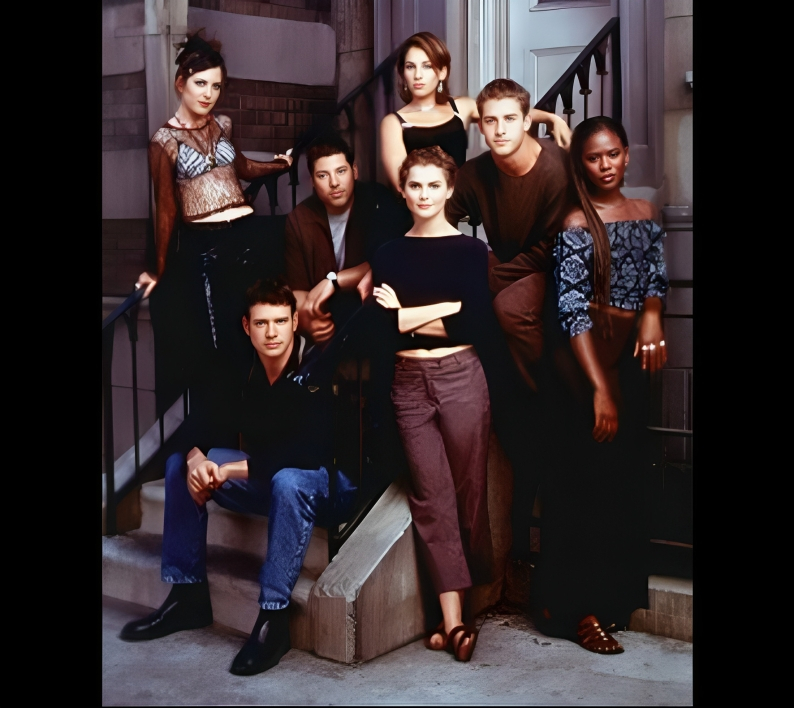
College counts as late-teen life, and The WB’s Felicity tracked that delicate jump. Moving to New York for a crush turned into a wider lesson about choosing yourself. Dorm meetings, registration lines, and tiny apartments gave believable stakes. The haircut heard round the world showed how appearance shifts can spark outsized reactions. Journals and quiet voiceovers modeled reflection for viewers about to leave home. Many teens watched with older siblings and took notes for freshman year.
15. Kenan & Kel (1996–2000)
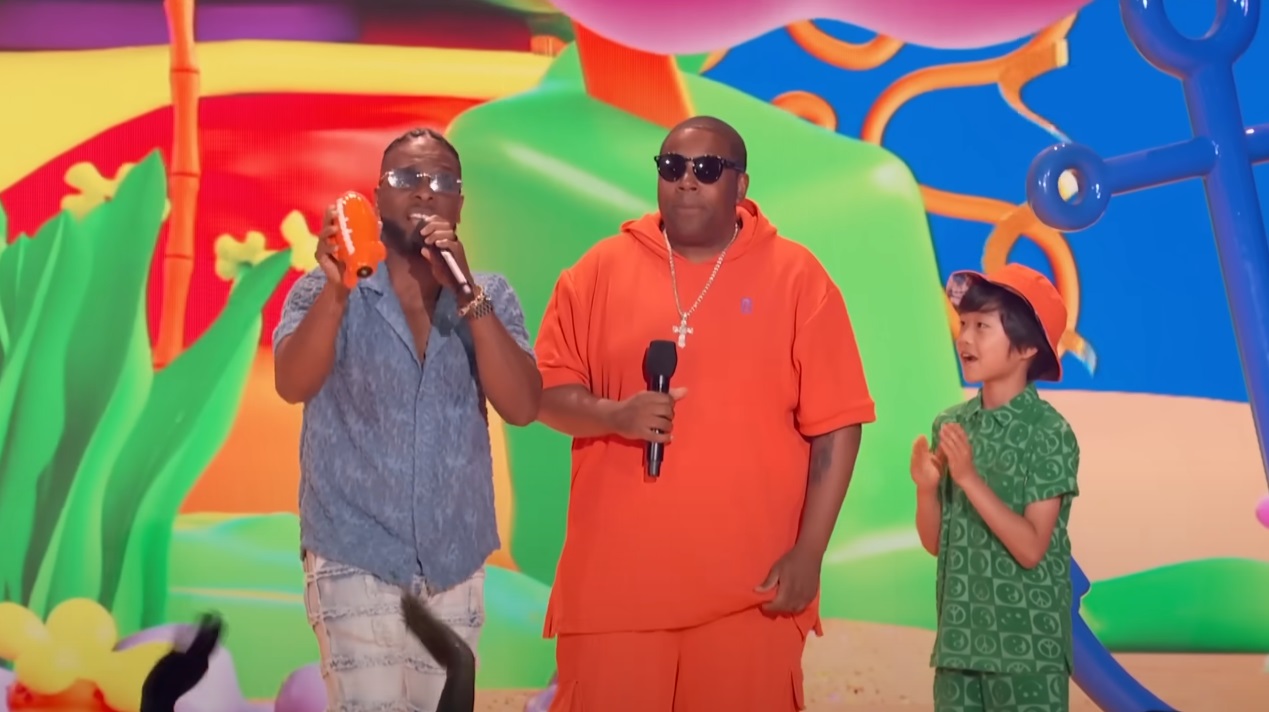
Nickelodeon’s buddy comedy thrived on chemistry, catchphrases, and supermarket mishaps. Episodes used Chicago backdrops, part-time jobs, and school projects to ground the chaos. Cold opens where Kenan pitched wild schemes taught teamwork the silly way, while Kel’s orange-soda bit went straight into cafeteria jokes. Guest cameos and live-audience energy kept it playful. The series reminded teens that friendship can survive disasters, and that planning matters, especially when you are responsible for the mess in aisle three.
